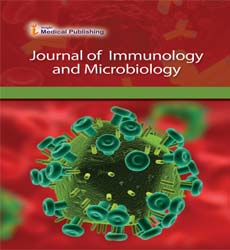The Advanced Abdominal-Pregnancy with a Viable Baby...
Abstract
An advanced abdominal pregnancy (AAP) resulting in a live birth is extremely rare. AAP is classically defined as a pregnancy that has progressed beyond 20 weeks of gestation in mother’s peritoneal cavity, exclusive of tubal, ovarian or broad ligament locations. The Pouch of Douglas (POD) is the most common location of abdominal pregnancy followed by the mesosalpinx and omentum. In many cases complete placental removal is not possible resulting in excessive haemorrhage, re-laparotomy with high maternal and fetal mortality. Here we present a 25 years female, para 2(caesarian section)+4 (abortions), 7th gravid presented at 37+ weeks of pregnancy with central placenta previa located within a pseudocapsule at POD invading the large gut, small gut and omentum without any symptoms of gastrointestinal involvement. She was on regular antenatal checkup and got admitted for routine caesarian section. Under general anesthesia abdomen was opened with Pfannenstiel incision. It was very difficult to enter into the peritoneal cavity due to dense adhesion with uterus, abdominal wall and urinary bladder. After a very careful adhesinolysis it seemed to be a bicornuate uterus. With an incision made on large cornu, a female baby (2 kg) was delivered by breech extraction. During cord traction large gut with mesentery came out with an accessory lobe (succenturiate placenta). In presence of a general surgeon, placenta was removed with a big cavity surrounded by a thick pseudocapsule. Severe bleeding started from the bed of pseudocapsule which was controlled. Uterus was found to be empty with both fallopian tubes and healthy ovaries. Patient was observed in ICU then HDU for 72 hours, managed conservatively. On 8th POD, she was discharged with a healthy baby. She had seven USG without any possibility of abdominal pregnancy. High index of suspicion, prompt diagnosis and timely intervention is essential to prevent life threatening complications
Open Access Journals
- Aquaculture & Veterinary Science
- Chemistry & Chemical Sciences
- Clinical Sciences
- Engineering
- General Science
- Genetics & Molecular Biology
- Health Care & Nursing
- Immunology & Microbiology
- Materials Science
- Mathematics & Physics
- Medical Sciences
- Neurology & Psychiatry
- Oncology & Cancer Science
- Pharmaceutical Sciences
